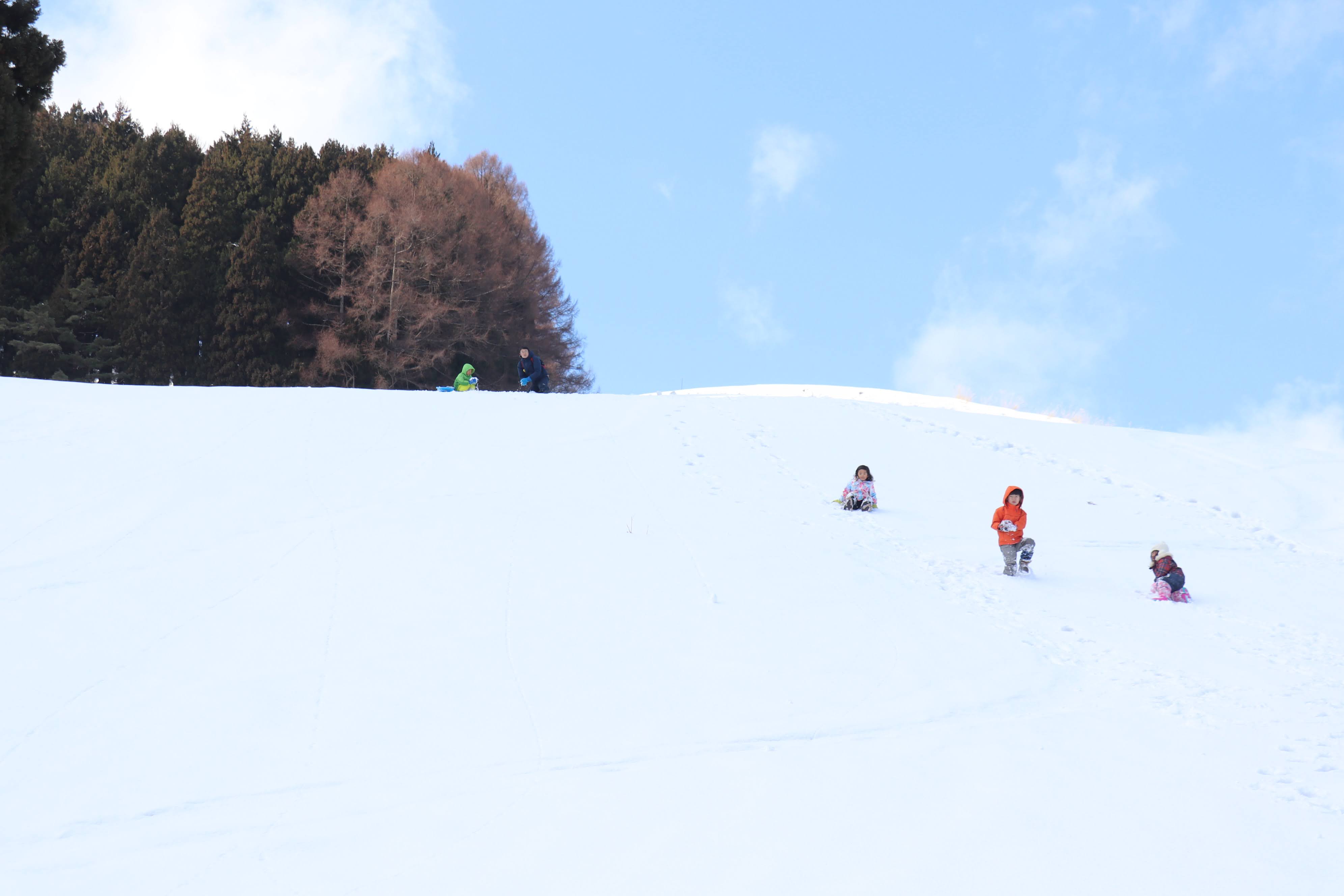
2023.03.30 January, February
Text : Tomoko Nagao
When I tried to record the events of the past two months for Yamanoko as a whole, I noticed that each event had its own sentiments and episodes, but throughout the whole, we were moving toward “spring” and the “change of the fiscal year”. Therefore, I would like to look back on the whole as a line formed by the connection of dots, and see the flow that was created by the mutual influence of the events.
1/9 Staff training
1/12 Hatsumode (New Year’s Greeting) at Shonai Shrine
1/13 New Year African drum celebration
1/28 Parenting class, mochi pounding & introducing Children’s Needs Cards
1/27& 2/10 Recruitment tour (We are still hiring for a childcare staff )
2/3 Setsubun(a Japanese calendar day which celebrates the end of winter and start of spring)
2/4-5 Staff Training Camp
2/8,15 17 & 19 Making Miso
2/19 Briefing for informal enrollment (and Yamanoko Brochure large compilation)
2/20 Karakara (graduating class) play and fundraising accomplished to go to Kids Dome Sorai!
2/22 Mochi pounding at Yamanoko Home / sending off friends
The End of the Year and the Beginning of the New Year at Yamanoko
To talk about the beginning of the year 2023, it seems necessary to talk about the end of the year 2022. At the end of November, with the sound of the conch shell of Yamabushi* , followed by big cleaning of Yamanoko building with the parents, making New Year’s cards with the children, making rice cakes for kagami-mochi*, purifying the shimenawa* for the New Year in the snowy Haguro Mountain, and finally making and decorating kadomatsu with the children. At the beginning of the year, the children are welcomed with kagami-mochi*, shimenawa*, and kadomatsu* at the entrance, and for the first time this year, all children aged 2-5 pay a visit to Shonai Shrine (with items to be burned at dondo-yaki*), the shrine’s guardian deity. Everyone from 0 years old to adults celebrated the New Year in our community through the songs and dances of the artists and the beat and vibrations of the drums.
*Yamabushi: a practitioner of the ancient belief of Shugendo
*Kagami-mochi: a Japanese traditional mochi used to celebrate New Year
*Shimenawa: a special rope tied around or across an object or space to denote its sanctity or purity.
*Kadomatsu: a decoration with three cut pieces of bamboo and pine for the Japanese New Year’s holiday
*Dondo-yaki: a burning of New Year’s gate decorations (usu. on the 15th day of the New Year)
Preparing for Spring
January-February is the transition period from winter to spring. Setsubun is the last day of winter, and children aged 0-2 sow seeds in the garden, symbolizing the budding of spring, before Risshun (the first day of spring) the following day. The seeds were from Yamanoko Seed Stock, which had been collected and stored from the flowers and plants grown in the garden. Will they sprout? We will find out in the spring.
The children, ages 2-5, were saying “bloom, bloom, bloom!” For several days, the 2-5 year olds had been talking about “visitors from the other world” who appear on Setsubun, and watching a video introduced by a staff on the UNESCO Intangible Cultural Heritage site of “Visiting Gods” (gods who come from other places rather than always being with people; Namahage in Akita, Amahage in Yusa, etc.) Perhaps because of this, a few days before Setsubun, a cardboard lion was suddenly made during playtime and Shishi-mai, a lion dance began (it was apparently triggered by a long piece of cloth that was put out to play princess). On the day of Setsubun, as the children were performing the lion dance and bean-throwing amidst the musical accompaniment, a red-faced guest also arrived, circled around the room, and danced away.
At Yamanoko, Setsubun does not equate to ogres and bean-throwing. Setsubun is a day of transition from winter to spring, a cultural experience with the meaning of purification and celebration, a visitor from another world, and so on. Questioning the meaning of roots and designing experiences that fit each age group, I could feel the attitude of the childcare providers.
Another spring preparation is making miso! Children, parents, and staff all worked together to prepare miso for the next year’s Yamanoko meal. Both Yamanoko and Home had miso making twice for a total of four times and prepared 88 kg as a whole.s. In addition, parents were encouraged to make their own miso for their own families. The parents also organized a family miso-making event on their day off. They have been impressed how easily miso was made at Yamanoko. We heard that there were several families who started making miso at home as well. On the day of the event, sibling children who have graduated from Yamanoko have joined, and one family of graduating children said, “I want to make miso again even after I graduate from Yamanoko!” I was happy to see the connection between Yamanoko and the families. I felt it was interesting to be able to eat miso that was made even more delicious by the heirloom bacteria in the hands of the Yamanoko community, and to be able to connect with each other through the dimension of bacteria that transcended the time the children spent at Yamanoko.
Adults Preparing for Spring, Sharing Gaze
The following took place in January and February: the last Parenting Class of the year, an information session for prospective children for 2023, updates for the Yamanoko Brochure, and staff training.
The Parenting Class consisted of two parts: an adult rice cake pounding event planned by the parents, with the help of Tsunagari-tai parents from the planning stage and a mini-work session introducing the children’s needs card planned by the staff. The class warmed up with a physical time to relive the children’s experience of pounding, rolling, and eating mochi, which led to the mini-work using the “Children’s Needs Cards” (a communication tool based on NVC = Nonviolent Communication, a communication method that values people’s feelings and needs). While valuing both ourselves and the other person, we also discussed each other’s needs (what we want to achieve and what our lives desire). We shared with the parents this worldview of communication that childcare staff strive for when dealing with children on a daily basis.
At the information session for parents, we discussed how to watch over children’s development through the eyes of multiple adults from the perspective of “enjoying life with children to the fullest,” exchange each other’s perspectives and enjoy the differences, be well aware of children’s thoughts and feelings and our own, and look for ways to make life easier for both children and adults.
At the staff training camp, we spent a full day and a half discussing and verbalizing what we wanted to focus on in 2023, either at Yamanoko as a whole or at our individual childcare centers.
All of these opportunities can be described to share our gazes with other adults (whether it is between parents and staff or staff and staff) as adults who are close to the children’s upbringing. It was very reassuring to see that by sharing our gazes with other adults, we were fostering a sense of partnership as those who wish for the child’s upbringing and live with the child.
Are these events? Daily activities?
Finally, I would like to introduce a scene from a staff training camp. When we were discussing a series of events during the year-end and New Year’s holidays, one of the staff members asked, “What? Making kadomatsu is an event?” The question “Is it an event or a daily activity?” I feel that this is a very typical question for Yamanoko.
Cleaning, mochi pounding, concerts, and other events in which parents gather together certainly seem to be events, and they can be called events. However, I realized that the scene of parents’ presence at the childcare is not an event (with a special feeling), but rather, parents casually coming to Yamanoko to share their experiences with the children is a daily scene that we want to realize. I also felt that all of these events, from the visit of Yamabushi to the festive concert, were activities of daily life to better welcome the beginning of the year together, not as special events added to daily life, but as a series of daily life lived responsively to the seasons, which is the very essence of Yamanoko’s childcare.
Generally speaking, preschool events are something that the staff has to plan and prepare for in addition to the daily childcare activities, or for the parents, it is something special to be prepared for. Of course, Yamanoko also plans and prepares for these events, and for the parents, cleaning and rice cake pounding may be (for now) special events. We would like to continue to share our schedule and actively create opportunities for parents to enjoy life together, but what we have realized through this question is that these events, which are planned in advance and appear to be events, are not special events that are added to daily childcare, but rather natural activities that are as much a part of our daily lives as possible. We want to view these events, which appear to be events planned in advance, not as special things that are added to daily childcare, but as natural activities/daycare that are not separated from daily life. This may also mean that every day is a series of special events and seasonal activities, and I recognized once again that this is the way things are done every day at Yamanoko. Mochitsuki (rice cake pounding) and miso making (and other seasonal activities) are becoming less and less of an event and more and more a part of the daily routine. I hope to create such a daily life/childcare at Yamanoko.














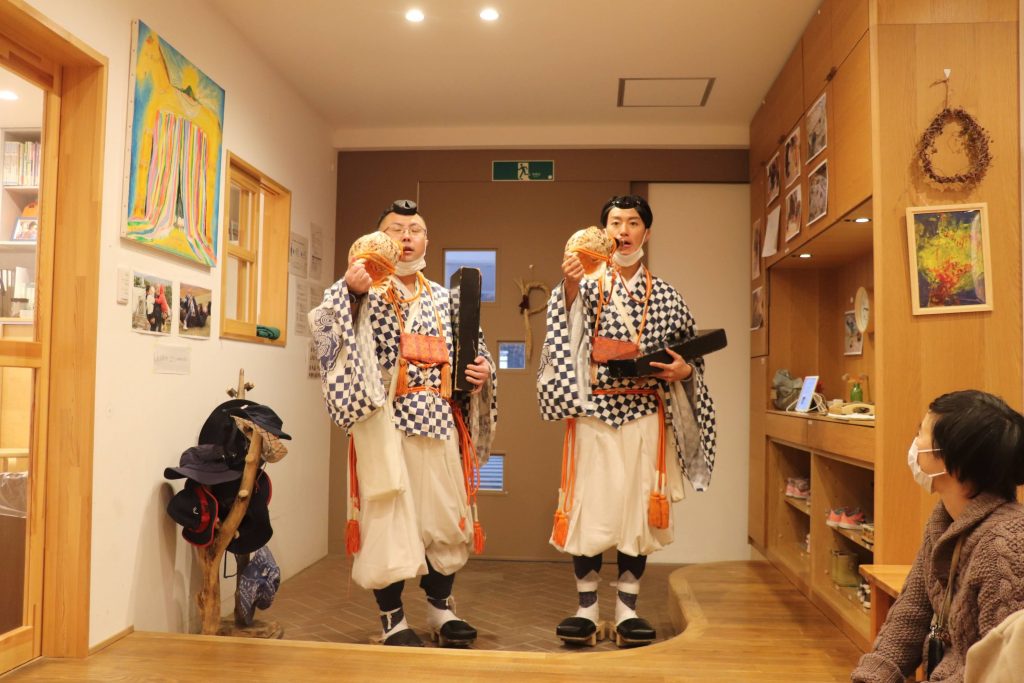
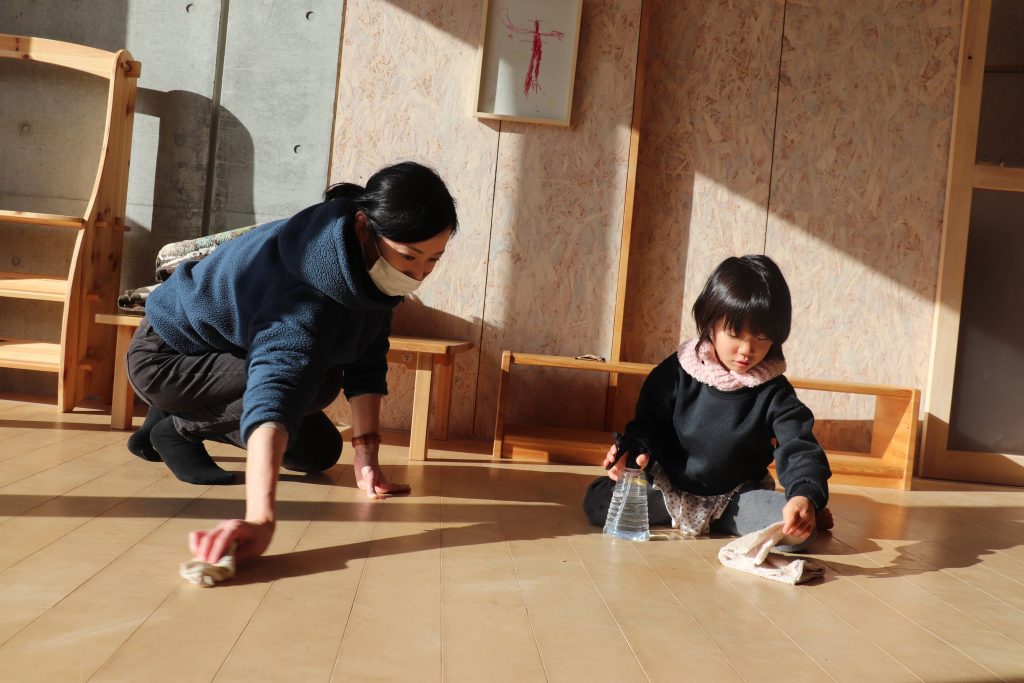
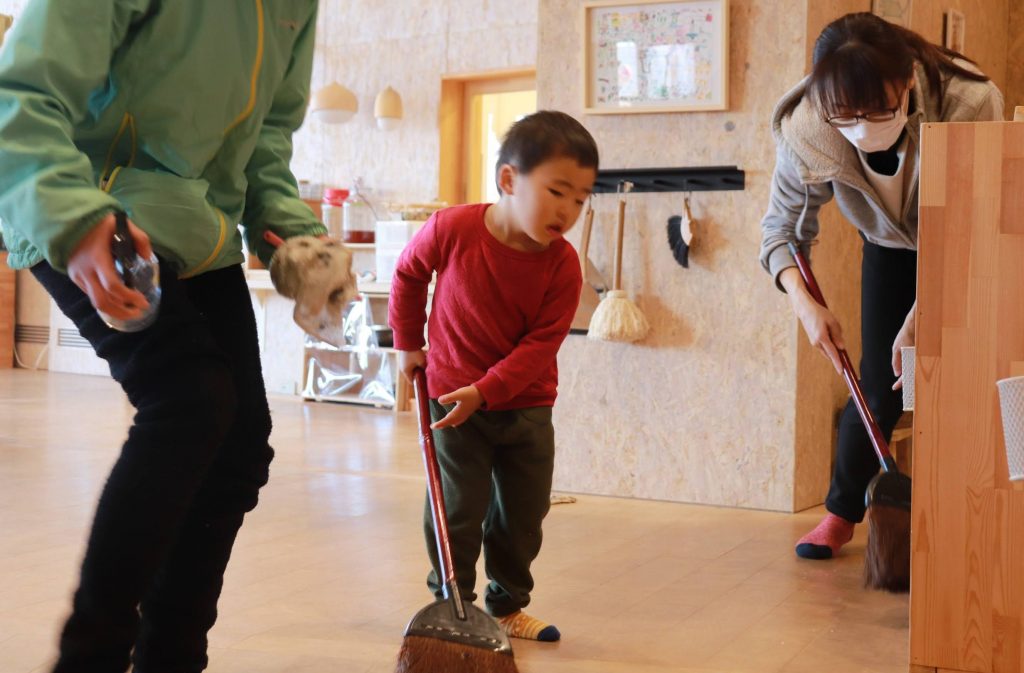
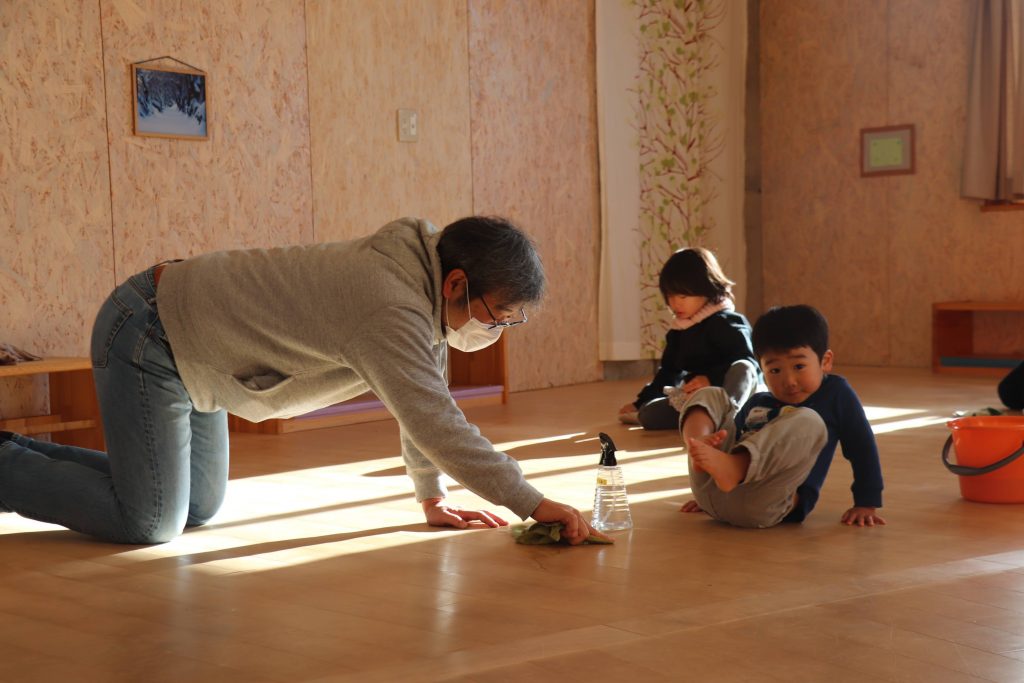
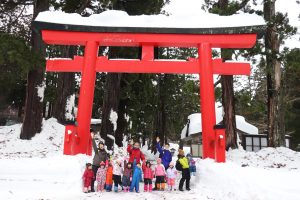
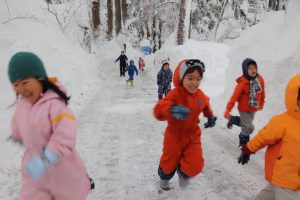
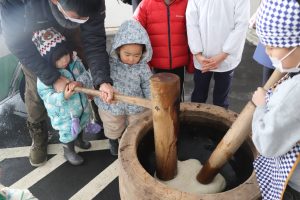
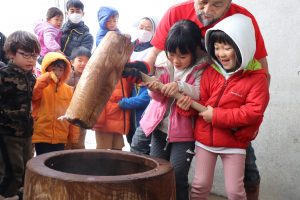
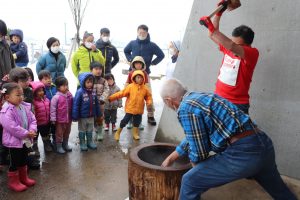
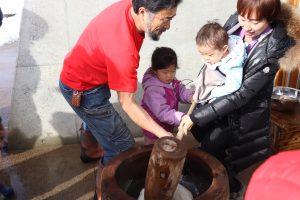
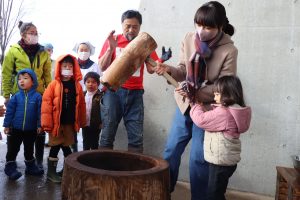
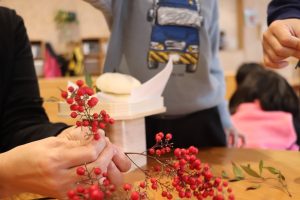
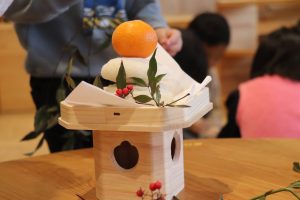
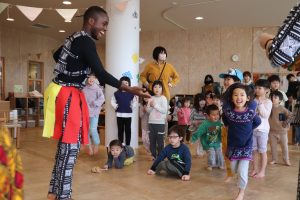
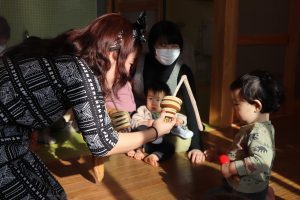
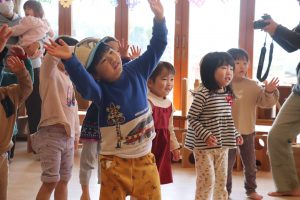
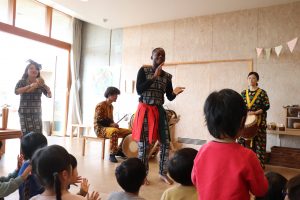
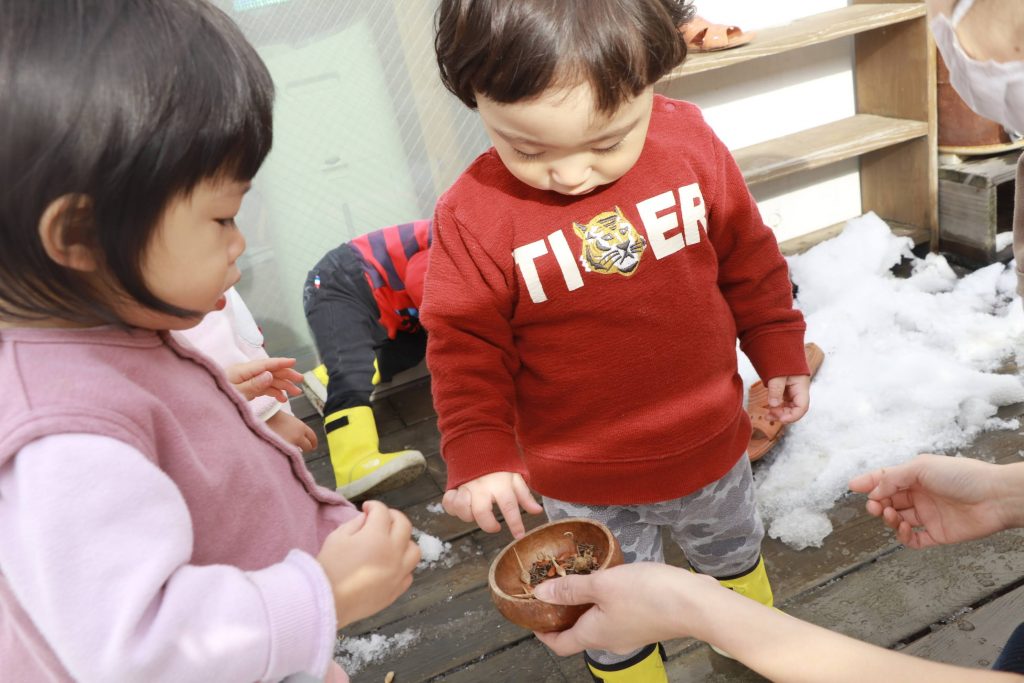
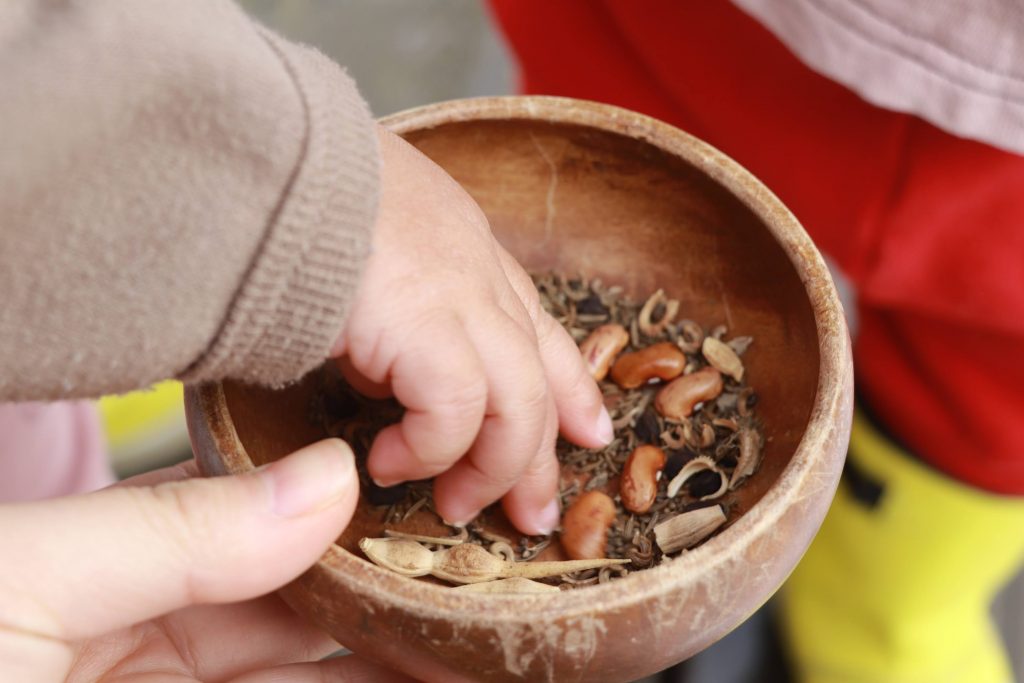
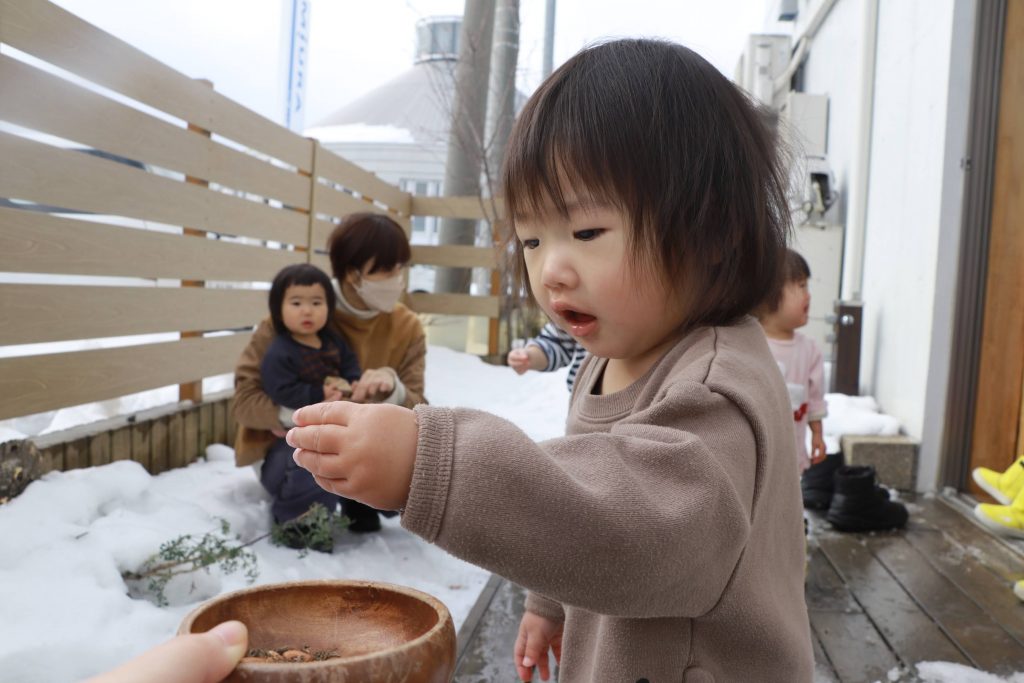
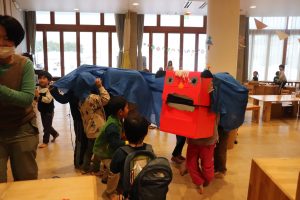
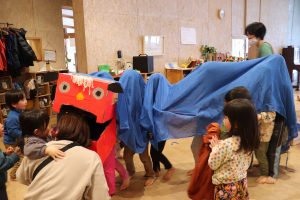
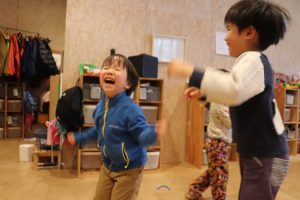
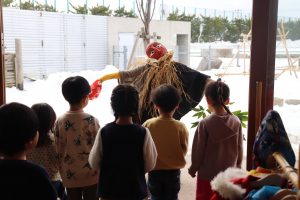
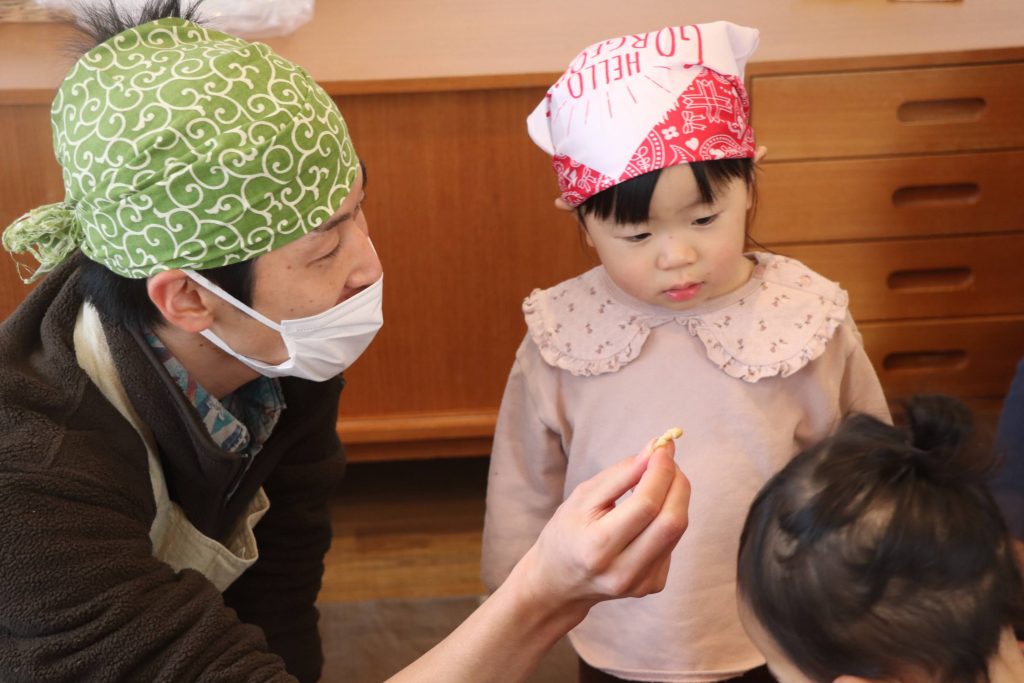
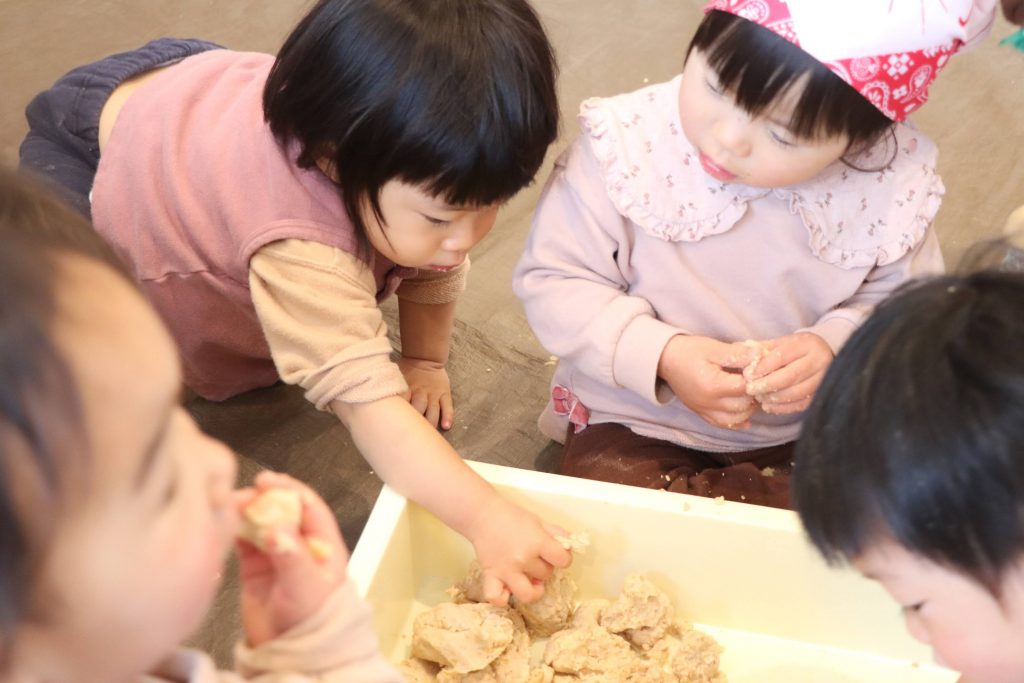
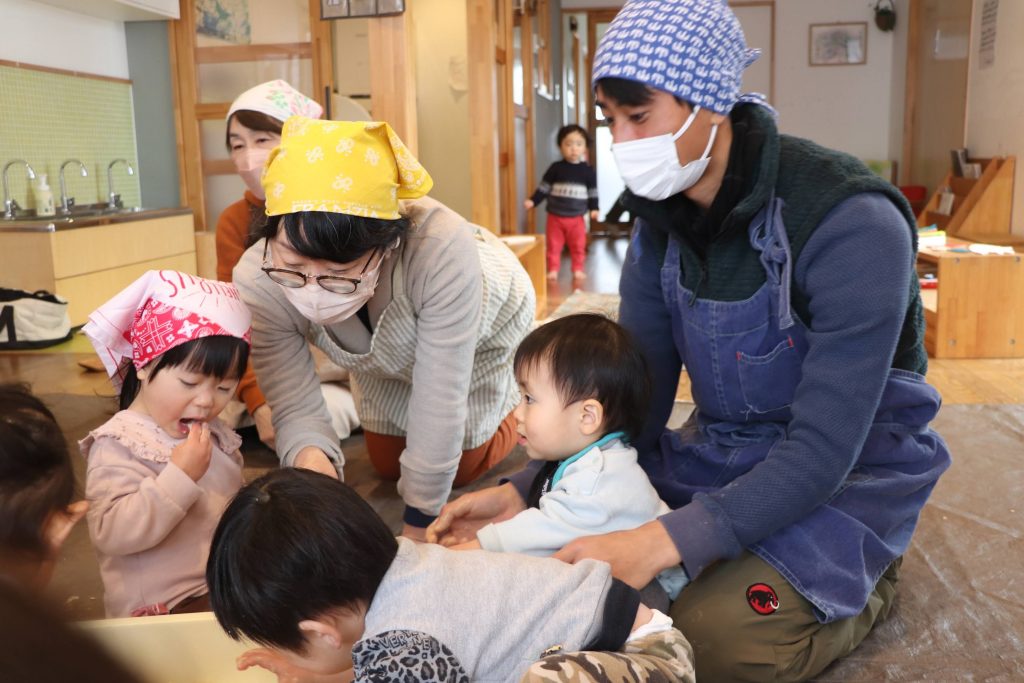
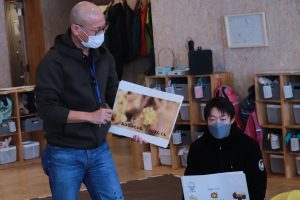
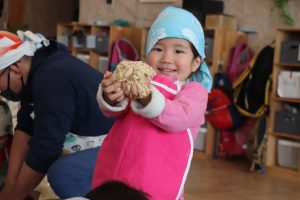
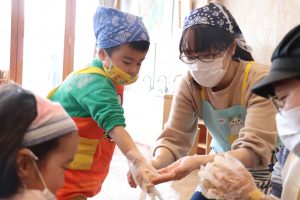
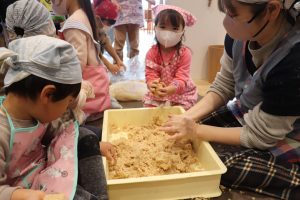
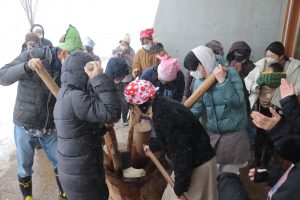
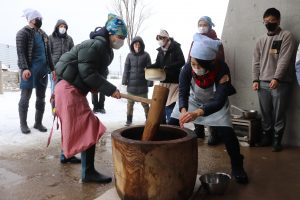
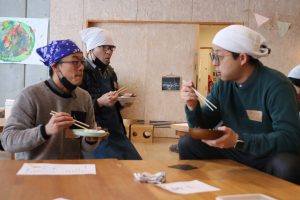
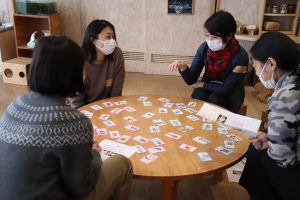
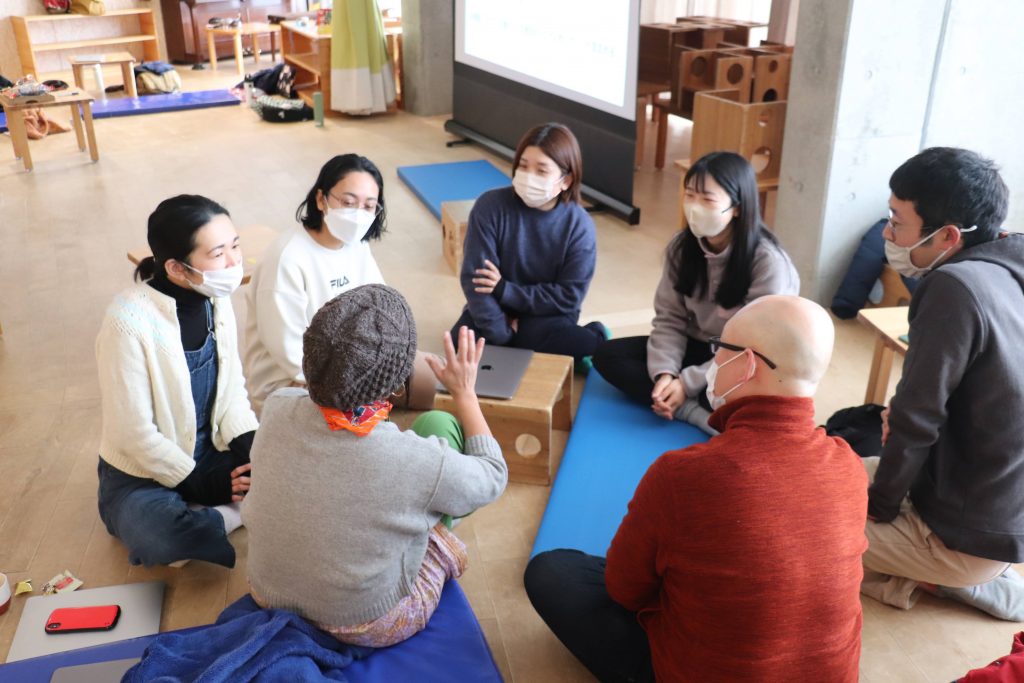
 PREV
PREV